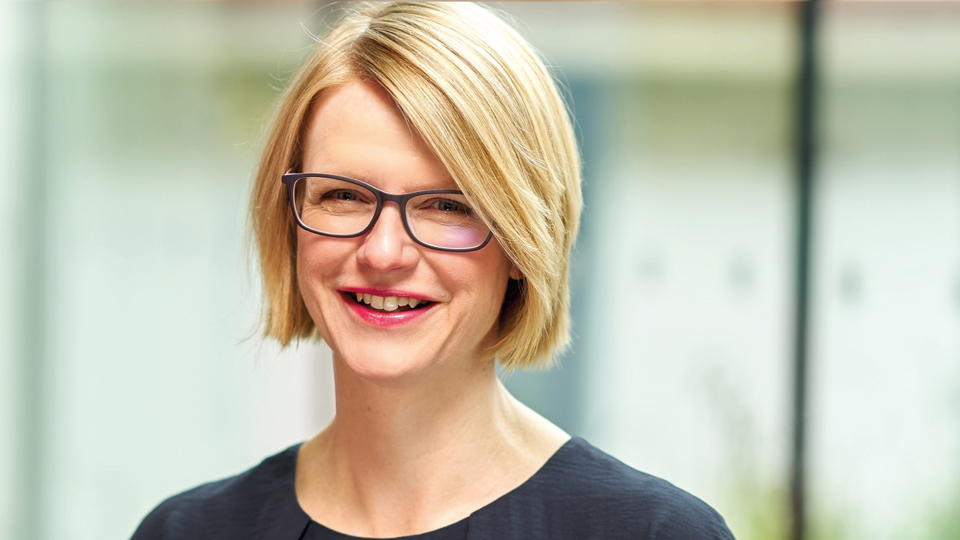- OT
- CPD and education
- Refraction changes in children
Refraction changes in children
Outlining how refraction changes during childhood

18 January 2021
Most infants have a significant refractive error at birth, with the majority having hyperopia (longsightedness). The level of hyperopia decreases during infancy and early childhood, with most children retaining a low level of hyperopia by the time they are six years of age. Children can easily compensate for this normal level of hyperopia with their natural focussing ability and rarely need correcting with spectacles during this time. By the time children reach secondary school age, they will have often naturally out-grown their hyperopia; however, some won't and will still require vision correction with glasses or contact lenses.

What happens if the eye over-grows?
The eye grows rapidly in early childhood with an increase in axial length from approximately 18mm at birth to around 22mm by the age of three years. To offset this growth in the eye, a compensatory mechanism by the other parts of eye exists, such as thinning of the crystalline lens and flattening of the cornea. If the eye grows too long and the other ocular components are unable to compensate then the child can develop myopia. It is a gradual process with many children unaware of myopia onset until they start to experience difficulty with seeing the whiteboard at school.
Commonly, myopia is due to a longer axial length and typically develops during school years, with progression of myopia occurring from onset to late teenage years. However, some people develop myopia in later teenage years or early adulthood. The younger the age of onset of myopia, the greater the amount of myopia progression and rate of axial length growth.
Myopia is more common in children when one or both parents have myopia, although there is increasing evidence that today’s lifestyles are also influencing the development of the condition
Myopia is more common in children when one or both parents have myopia, although there is increasing evidence that today’s lifestyles, such as less time spent outdoors, are also influencing the development of the condition.
As most young children are not aware if they have a problem with their eyes or if myopia has developed, parents should be advised to have their children’s eyes examined at least before they start school and then on a regular basis. Awareness that a low level of hyperopia is the norm at six years of age is important, and that children who are already plano at that age have a higher risk of developing myopia by the time they get to teenage years. This, alongside family history of myopia and a lifestyle with limited outdoor time should be considered as risk factors for development of myopia in children.
About the author
Professor Nicola Logan is a myopia researcher based at Aston University
Advertisement
More Practice team resources: Contact lenses for younger patients
-
Your contact lenses for younger patients resources guide
-
Are contact lenses safe for children?
-
On the front line
-
Seeing the benefits
-
Application and removal without the tears and tantrums
-
Cases from practice
-
Introducing contact lenses to kids
-
Contact lenses for younger patients: a guide for every practice

Comments (0)
You must be logged in to join the discussion. Log in